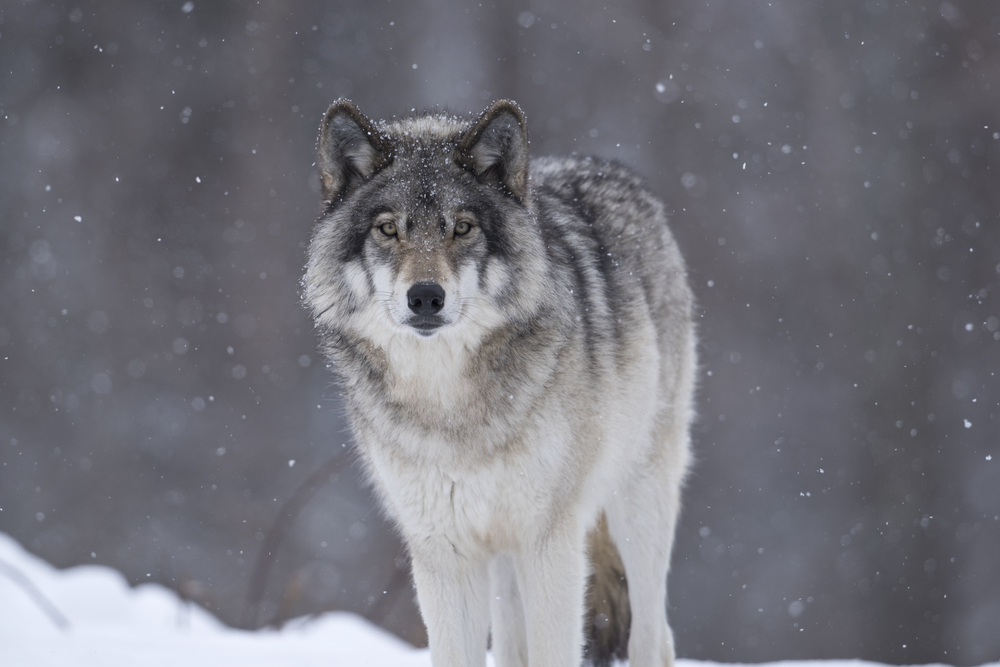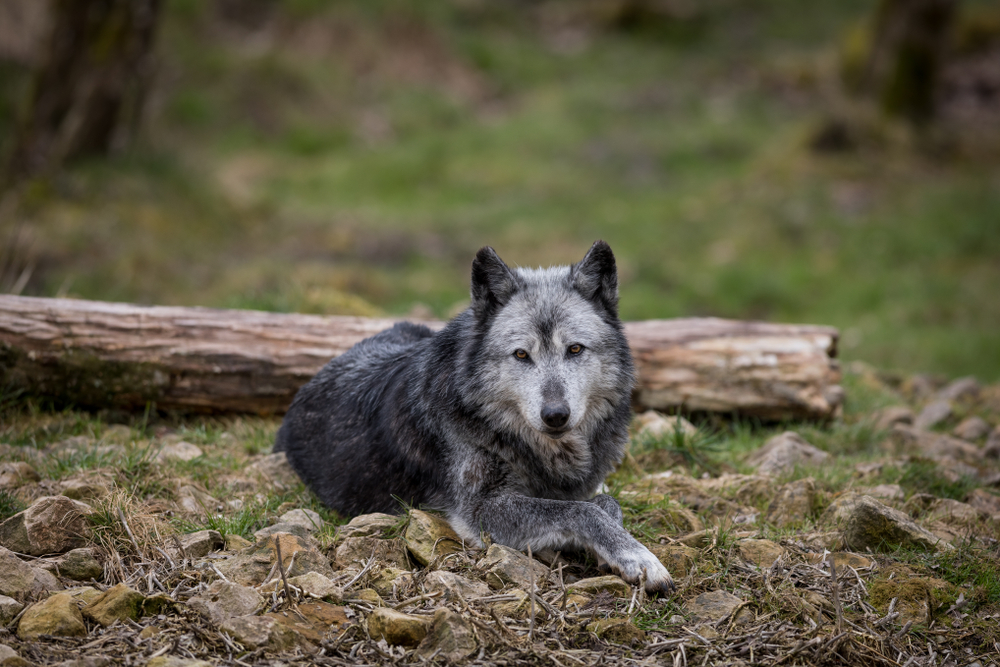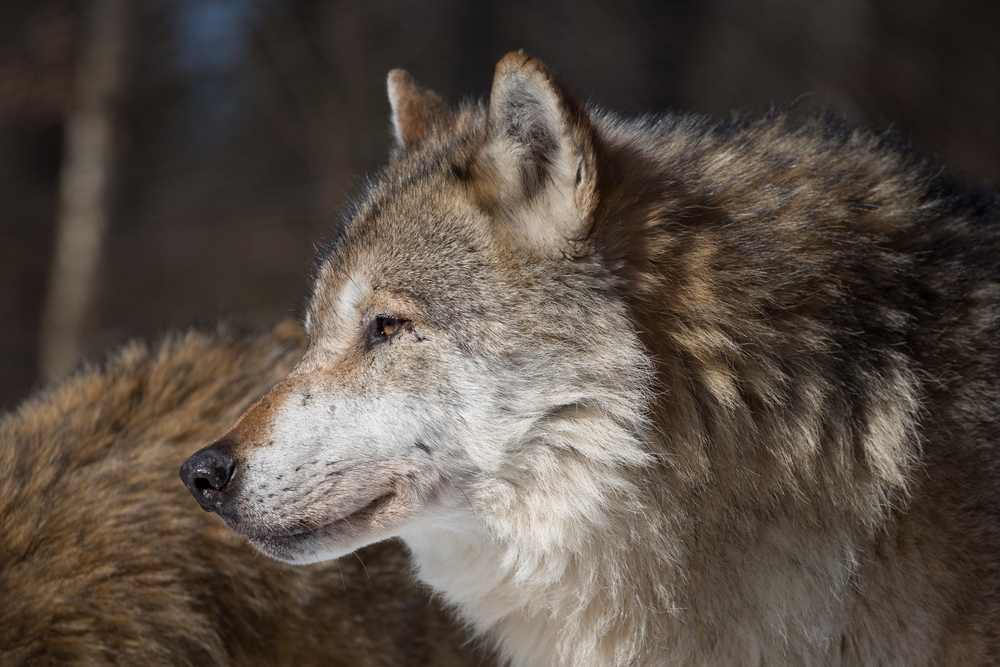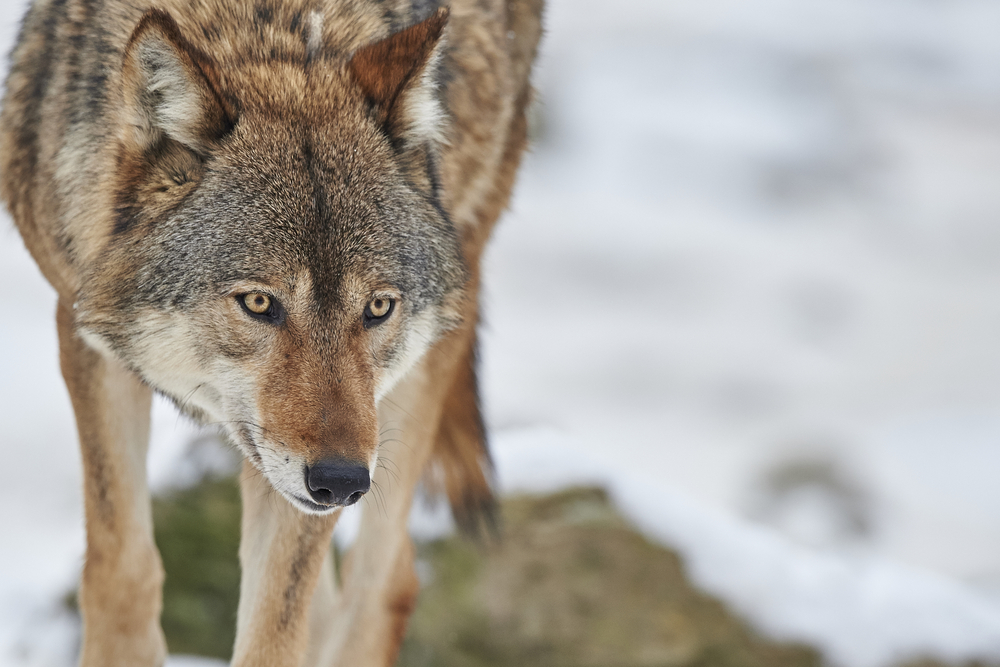About
#Carnivores
#Mammals
The Timber Wolf, often referred to as the Gray Wolf or Canis lupus, is a notable species within the Canidae family, which encompasses dogs, foxes, and other related species. Classified under the order Carnivora, Timberwolves are characterized by their carnivorous diet and predatorial instincts.
As one of the best-known and well-researched wildlife species, Timberwolves hold a significant place in both ecological studies and cultural folklore. They are renowned for their social structure, typically living and hunting in packs with complex hierarchical dynamics. These packs are usually family units consisting of a mating pair and their offspring from various years.
Physically, the timber wolf is the largest member of their family, with a muscular build, long limbs, and thick fur, which varies in color from gray to brown, white, and black. This fur provides insulation against harsh climates, a necessity in the diverse habitats they occupy, ranging from the Arctic tundra to forests, deserts, and mountains across North America, Europe, Asia, and the Middle East.
Timberwolves play a crucial role as apex predators in their ecosystems. They help maintain the balance by controlling prey populations, which in turn affects vegetation patterns and the overall health of the environment. Their presence or absence can significantly impact ecological communities, as famously demonstrated in Yellowstone National Park’s trophic cascade following their reintroduction.
The Timber wolf’s complex relationship with humans has been a mix of reverence, fear, and conflict, leading to its involvement in conservation issues. Efforts to preserve and manage Timber wolf populations are vital for maintaining biodiversity and ecosystem stability.
Conservation Concerns
Timberwolves face numerous conservation challenges, including habitat loss, human-wildlife conflict, and persecution. Historical persecution through hunting and trapping, coupled with habitat destruction and fragmentation, led to significant population declines across much of their range.
While some populations have recovered due to conservation efforts and legal protections, timber wolves continue to face threats from illegal poaching, habitat degradation, and conflicts with livestock producers.
Threatened:
Extinct
Critically Endangered
Endangered
Vulnerable
Near Threatened
Least Concern





















































































